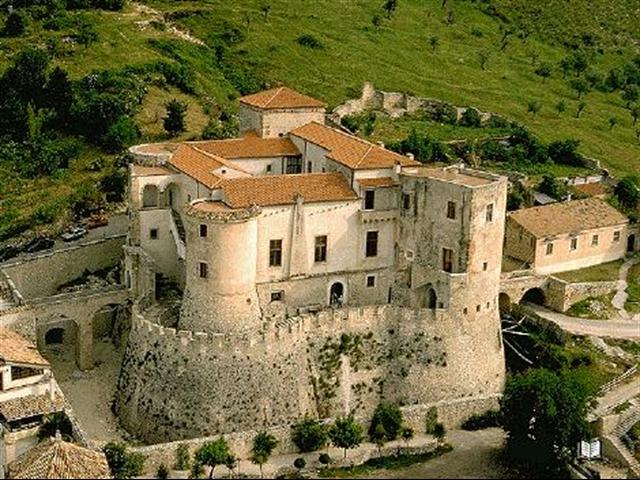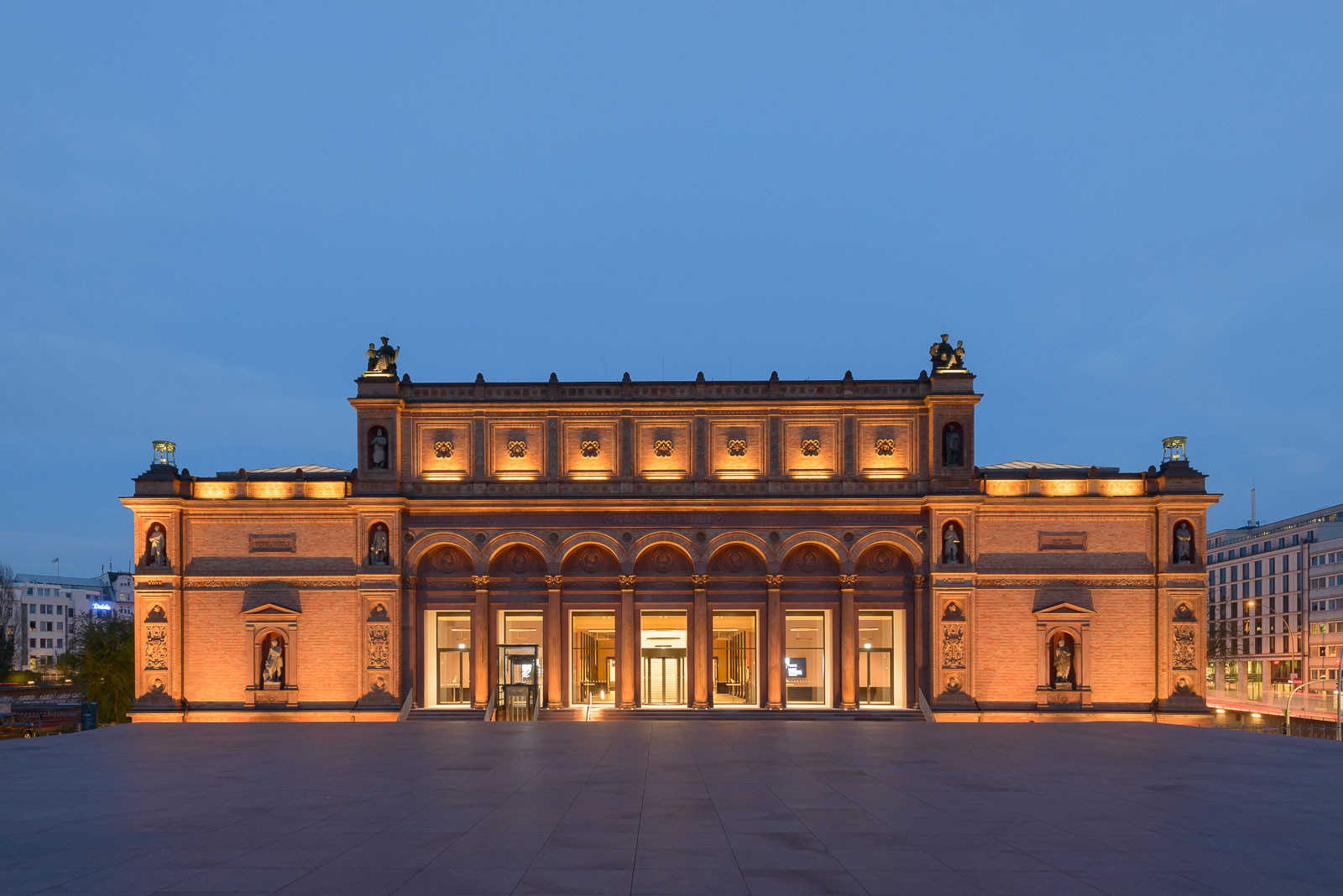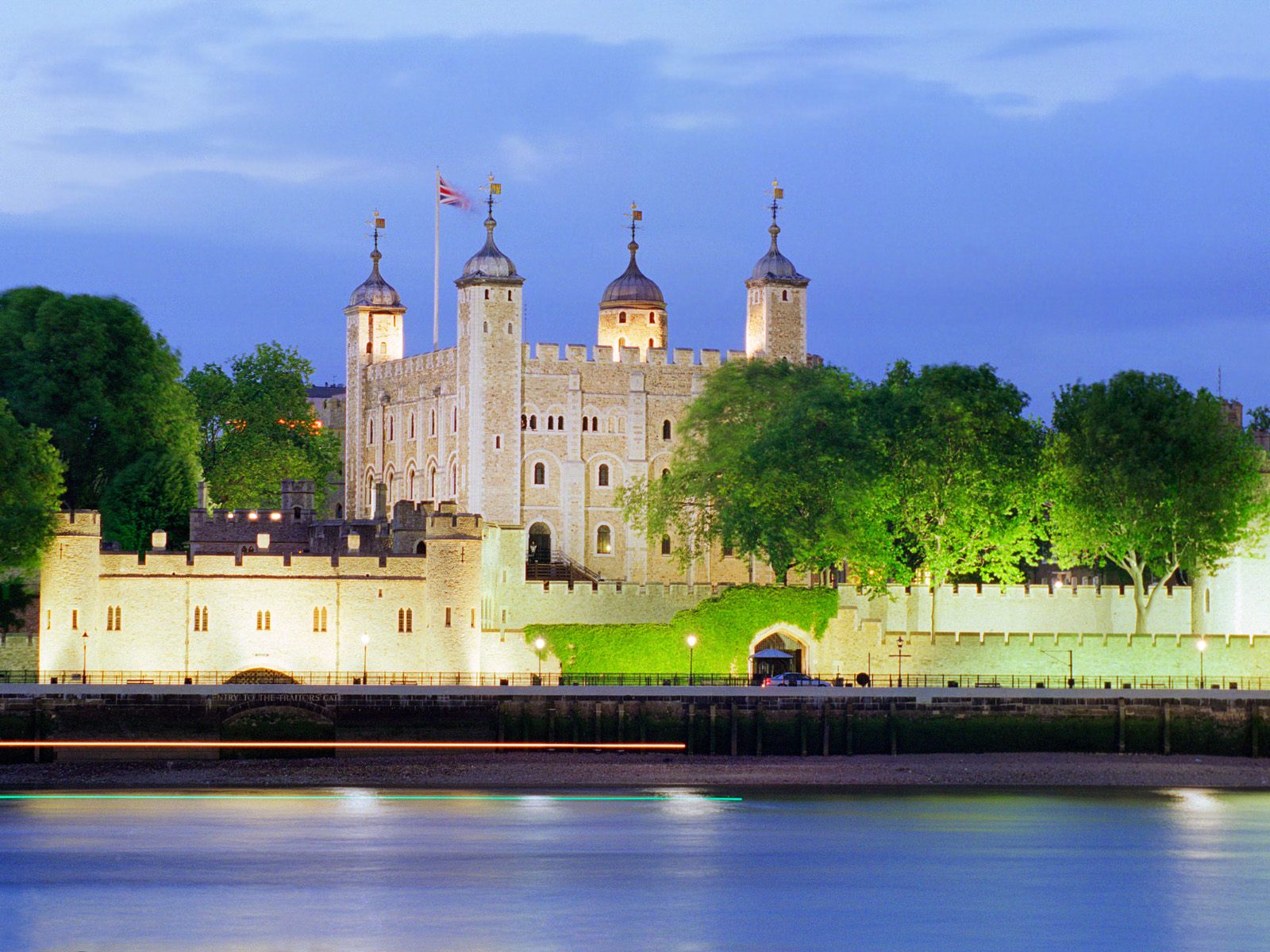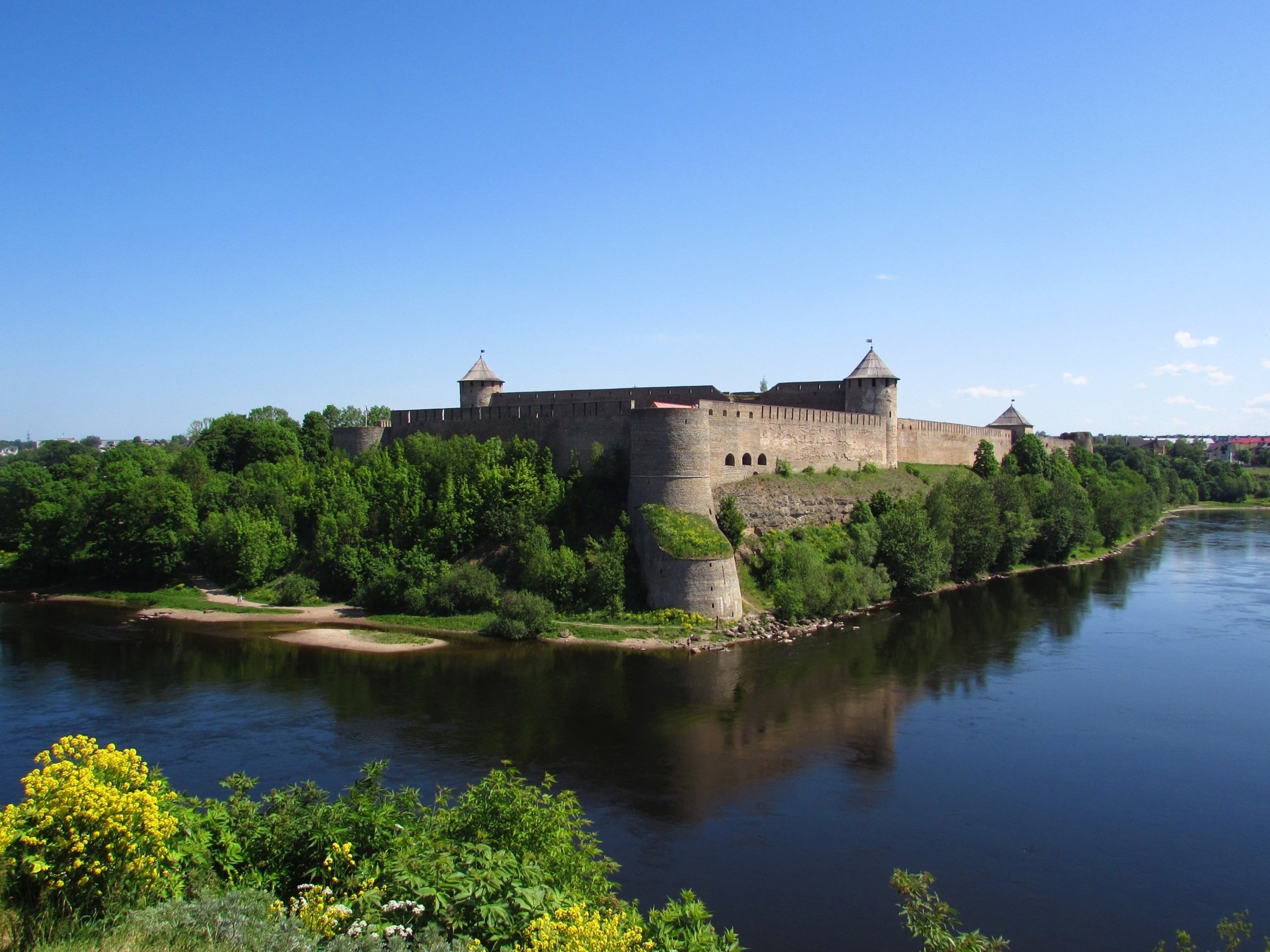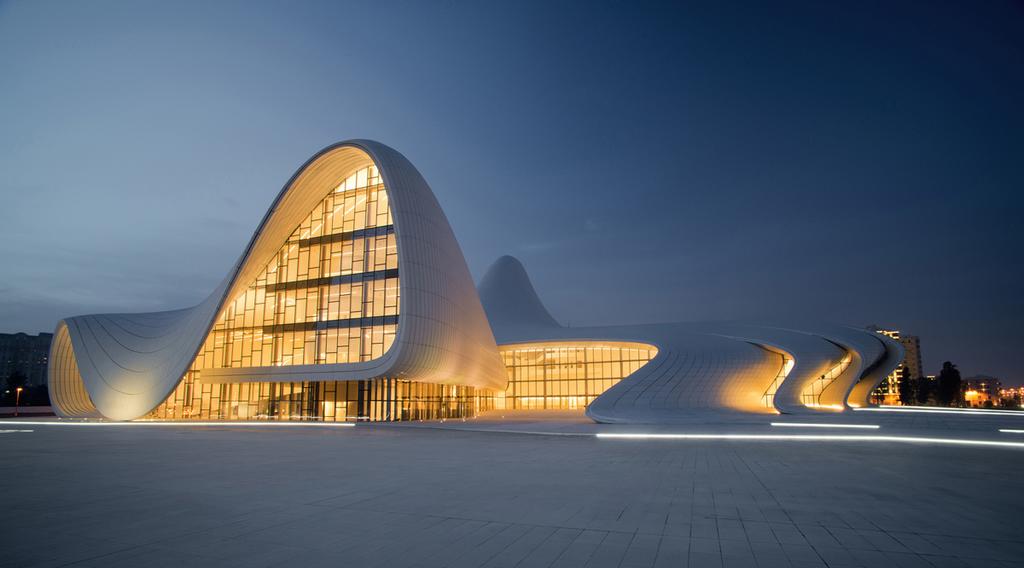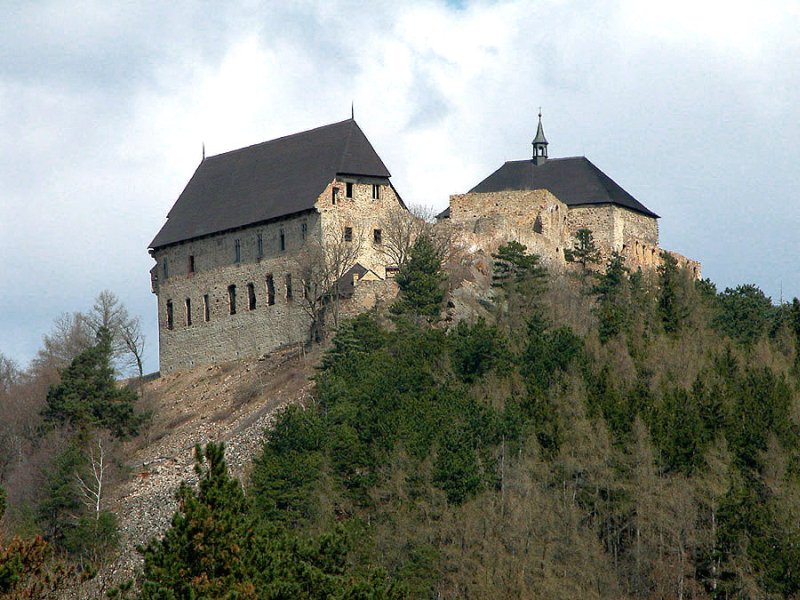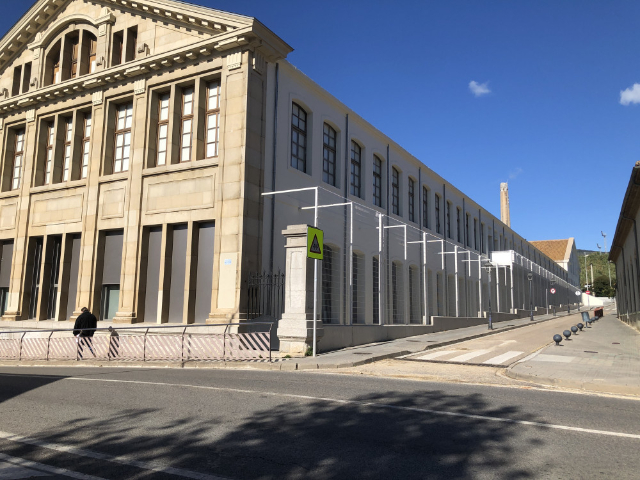The first core of the castle is a megalithic structure, the remains of which can be seen at the base of the Lombard keep. The development of the fortified complex occurred in the second half of the 10th century; the Lombard count Paldefredo and his successors strengthened the fortress by raising a quadrangular enclosure with at least two towers. With the advent of the Normans, the castle and village suffered extensive damage at the hands of the troops of King Roger II of Altavilla.
In the Angevin period a moat and the three large circular towers with a truncated-conical base were built. In 1443, with the Aragonese, the castle passed to the Pandone family. Count Francis commissioned the enlargement of the moat and the construction of a crenellated braga, while Henry, in the early 16th century, transformed the structure into a residence, having the loggia, the garden, and the important pictorial decoration (1522 – 1527) depicting the best horses of his famous herd built.
After Henry’s beheading for treason to Charles V, the fief passed to other families including the Lannoy, who made further changes to the architecture and decorations, accentuating the residential character of the castle.
